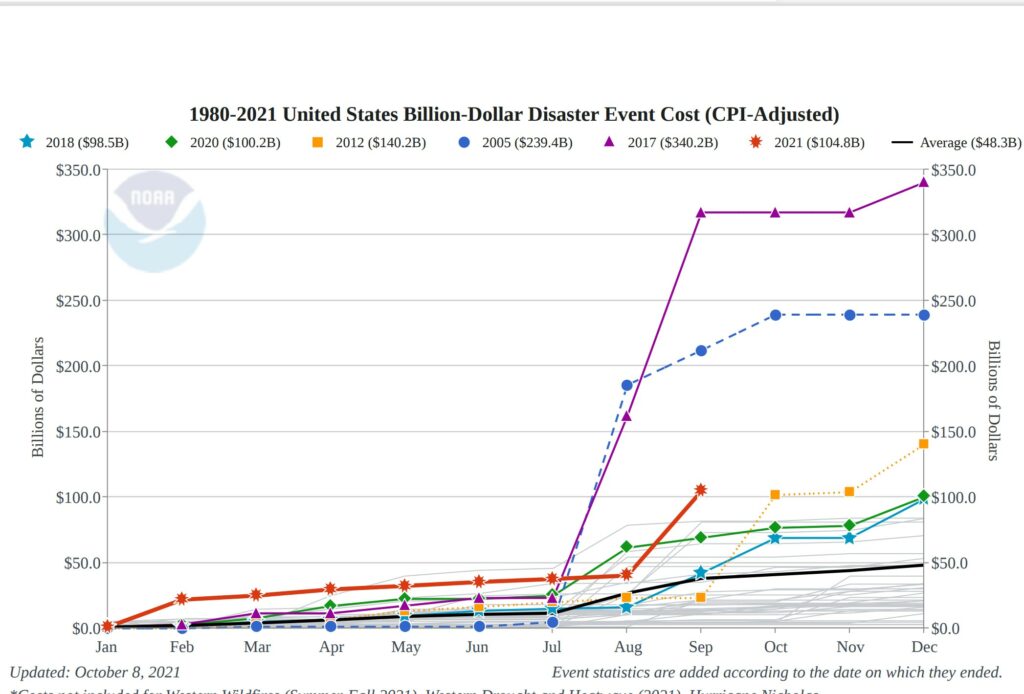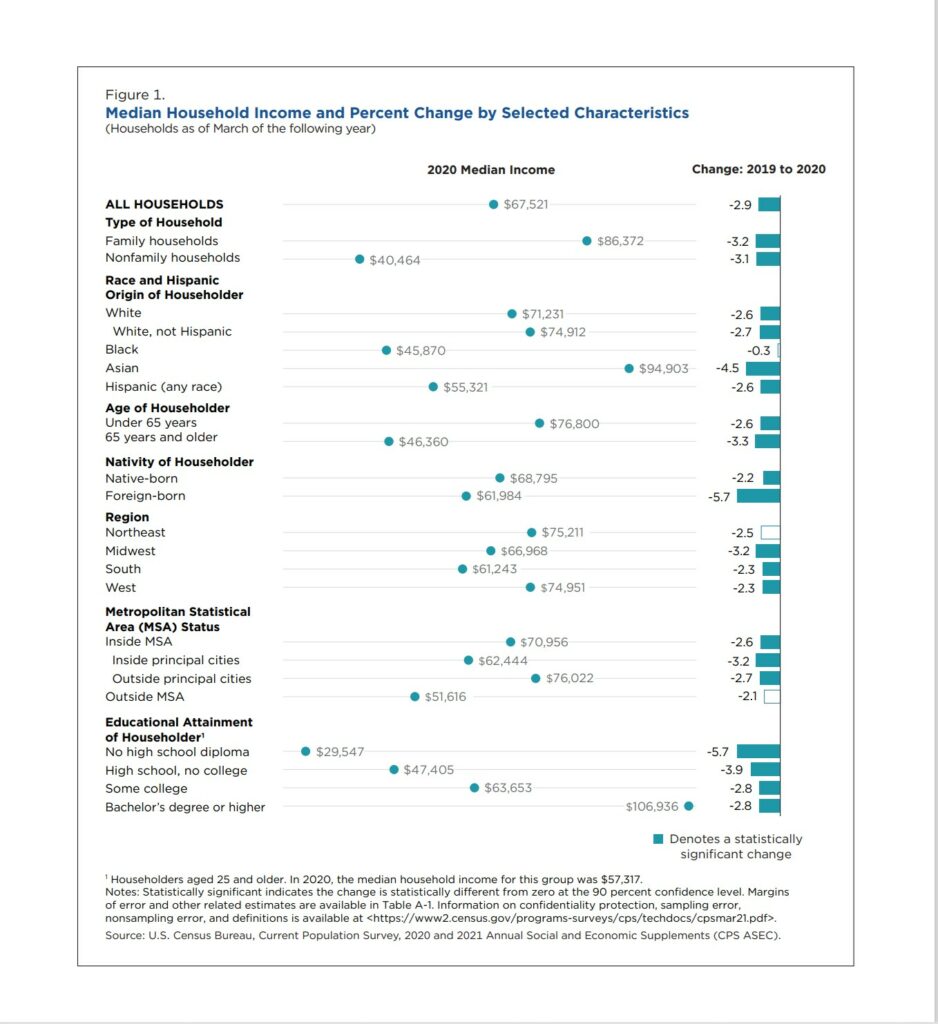“Farmers Markets Are Too Expensive”
Farmer and Agricultural Economic Michal Smith
I hear this from time to time both at the market and also from the general public even in the agricultural community. It elicits a response longer than what I can usually muster as I pull my quill of sharpened microeconomic arrows of defense around to meet my macroeconomic bow. I’ve usually already lost most when I say, “well actually it’s cheaper”.
The cost of food isn’t the problem. It’s more about what and how you eat. And I’ve gotten the usually rebuttals of “well Kraft Mac and Cheese and a pound of ground beef feeds a family of 4 for $5”.
Sure. it does. For the average family of 4 the median household income averages to $67,500, or per the Census Bureau:
Income:
- Median household income was $67,521 in 2020, a decrease of 2.9 percent from the 2019 median of $69,560 (Figure 1)
Average Food Cost per Month – In-Depth Analysis and Trends
These figures are based on USDA data as of April 2021 and have eroded over time. But we will keep this as a basis point for comparison.
Now for the assumptions to build our calculation per person per meal. I am going to be very conservative with these estimates and make the following assumptions, again, very conservative:
1. The family does not eat outside of the home. No meals other than grocery store bought, meaning no McDonald’s, vacation eats, IHOP for breakfast. This is keeping in line with the source data from the USDA where ‘all meals are prepared at home’.
2. The children have one meal provided during school..most schools over the past five years have had either selected or district wide free lunch programs. This is in both large school districts as well as rural.
Here is our calculation:
Adults at 3 meals a day 365 days a year = 1,095 meals per annum
Children at 2 meals a day during school year = 322 meals, non school = 612
Total meals required = 2,029
Average grocery bill = $12,500
Cost per meal per person $6.16, per family $24.64
Again this is conservative and we will not get into the Dollar Menu Weeds. We are looking for what the USDA looks at and trends, on average.
Almost $25 per meal, or $75 a day. I get it…a pound of chicken breast is around $9 just for starters.
What if I told you I could beat it?
Let’s start with the menu.
For tonight’s dinner, we are going to have fettuccini alla marinara with chicken meatballs.
Prep time: 30 minutes. Cost . . . well, well, well . . .
A pint of marinara that is 80% from my farm is $5 will get enough gravy on the plate. (I am sourcing olive oil and chianti to get local at least while the olive tree gets going).
Large bag of egg fettuccini pasta from pasture raised chickens and flour from Deaf Smith County, TX $10
Ground pasture raised chicken $5 per pound. We like to sell the whole chicken. Buy a grinder and save some $$ and make wonderful soup stocks, choice cuts, and grind a blend of dark and white meat. You will also need 2 eggs, $1 and spices and bread crumbs, $0.25.
Grand total $21.25
You can also forego the meat and get straight to $15. Egg pasta and the marinara both contain plenty of protein.
Buying my wares for this meal alone nets that family of four almost $3 in savings. Or the vegetarian option $9 in savings, or throw in a side salad of my $4 bag of field greens and dressing and $5 per meal savings.
This is only the direct cost benefit.
If we extrapolate the larger, unseen macro costs of climate catastrophe and the directly related uptick in insurance premiums we are now looking to future savings. How?
My tomatoes are farmed around 100 miles from two major metro areas, Austin and Houston. An overwhelming 60% of our produce comes from Mexico and is brought in by the ton via diesel truck. Almost all tomatoes are grown in Mexico as well. The amount of carbon burned to get food to market is immense. This carbon drives up climate catastrophe probabilities as evident by the past 20 years being the most destructive.

Average Food Cost per Month – In-Depth Analysis and Trends
Which in turn drives up flood insurance, car insurance and homeowners.
We as a farming community try to burn as little fuel as possible. We sequester carbon with mulch and compost. Why? It’s cheaper for irrigation costs, compost keeps soils moist. We also collect factory farming waste byproduct to use as soil enrichment. Why? Chemical fertilizer is expensive, and sometimes is not in a form the crop can use directly.
That said, in the long run, your local family farming community will actually be cheaper, more sustainable, and less prone to logistics shock for the future of food.
The only expensive food I see is at the big box grocers.


I attached the wrong graph. Catastrophe with CPI adjustments here. The last 20 years has been terrible. https://linksharing.samsungcloud.com/qZfSKmTcS7Um
Michael
So lets fix it. Send me the right graph.
Bill
From this it seems to me that consumer food prices depend greatly upon where one lives. That makes sense. In the mid-Atlantic where a lot of pork and chicken are produced for market we still pay only about $2.50 per pound (up from under $2 last time I bought them) for value pack skinless boneless chicken breast at the grocers and $4-5 for the best cuts of pork (boneless center cut loin or rib eye), which is also only a small increase and still within the ordinary 95% confidence intervals. I did not check pork tenderloin, which I will be getting for New Year’s Day to crock pot cook over dried black-eyed peas. Two days ago I bought a chuck roast for $8.50 per pound, up from about $5 per pound a few months ago. I looked at steaks and saw they were priced high, but do not recall the price since we do not eat steak. I usually buy top round or eye of round for pot roast, but all the cuts were either too small or too big and at about twice their price a few months back. Chuck makes a far better pot roast anyway despite it being much higher in fat content (which is exactly why it tastes better).
All this meat is because of my wife. When a bachelor then M-F each week I only ate dried beans with either rice or corn bread. On weekends I splurged and had either salmon or tuna with field greens. Breakfast was always simple (toast or oatmeal) if I had it at all. My wife is from CT, allergic to seafood and opposed to any hot spice including even black pepper. Most people develop their dietary plan from social customs (as my wife does) rather than economics or nutritional concerns, so they spend too much money to live short lives.
The market meets equilibrium. Lower cost of living for the farmer equals lower cost of produce. In Houston they are selling pastured eggs at the grocery store for $6,50 a dozen. Same chain sells same product in smaller market for a dollar or two less. Make your margins where you can. But in the end, it’s the same product from the same producers and same retailer. Amazon got famous for this model.
If you are up north (Tristate) yes, beef is high priced commodity due to land use restrictions and quantity available. We only want nuclear powered subs floating down the Housatonic.
The USDA seems to be providing the cost of what we should be eating, not the cost of what we actually eat.
Correct, and is both higher and lower simultaneously. Some families spend $20k a year on food or more. Some $9. But the $9s I worry about. Milk and cereal is fine for every once in awhile but as a consistent diet is not ideal. As a country we have lowered the bar so much on SNAP that there is a whole section of some of the poorest children not having their nutritional needs met. But on an average, conservatively the USDA is probably closer to reality. But most middle + income households spend way more.
There is a story in Talmud – farm in a square, reap in a circle and leave the corners for the poor and hungry. This and educating the youth are what Foglove Grove is all about. But with most things, the center circle of the readings has to have the support of the community, hence community supported agriculture or CSA.
What about wine costs?
I require wine with my dinner food.
I’ve made mustang grape wine as well as mead. The governmental prohibition era laws almost make me want to go naive libertarian.
All kidding aside wine and mead are a great way of preserving valuable antioxidants.
Wine is surprisingly cheap to make, mead less so. Mead paired with roasted duck and a fresh mozzarella chunk pasta salad or even cabbage wedge salad…c’est bon!
i used to make apple mead directly from hard cider; just put your honey right into the cider and the yeasties in the cider do the rest….if you want to store it for any length of time, let it settle and pour off & store the clear portion…i guess there are fancier ways of doing it, but i was always about easy…and i was always able to trade what i had for fresh venison come hunting season..
Stealing this.😀